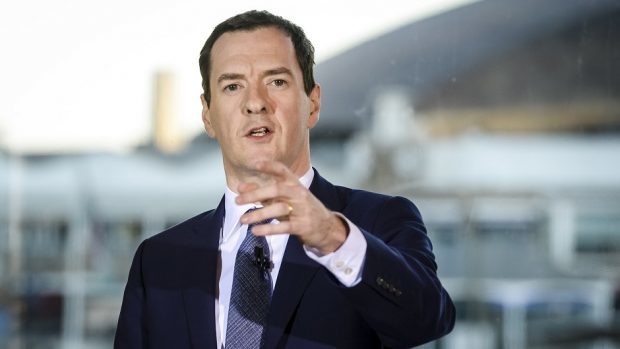The Deputy First Minister claims to have found a solution to the deadlock threatening the transfer of new financial powers to Holyrood.
The UK and Scottish governments have been at loggerheads over how Edinburgh’s grant is reduced when MSPs gain new tax-raising powers from the Scotland Bill.
John Swinney has sought to quash fears that taxpayers from other parts of the UK will have to shoulder some of the burden of Scotland’s struggle to raise taxes because its population is growing at a slower rate than elsewhere in the union.
The offer from Mr Swinney is based on a new formula for a per capita indexed deduction to the grant, which will account for different rates of population growth.
He said: “Under the Scottish Government’s method, taxpayers in the rest of the UK will see no detriment. They do not lose a single penny under these plans.
“And, it will ensure that the Scottish budget bears the risk of population changes relative to the rest of the UK via the Barnett formula.”
Both governments have signed up to the “no detriment” principle, which is designed to ensure that neither gains or loses financially from the devolution of tax and welfare to Scotland.
On Thursday, the Treasury offered a £4.5billion compensation deal for Scotland, which it said was “very generous”.
A UK Government source claimed Holyrood had the levers to boost tax revenues by encouraging people to move to Scotland.
However, First Minister Nicola Sturgeon said it was a rehash of a previous offer and will leave the country nearly £3 billion worse off.
